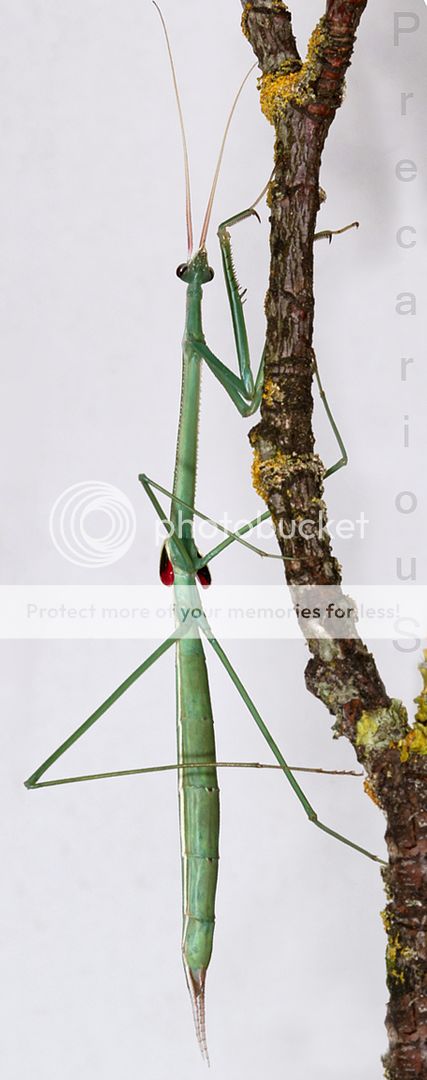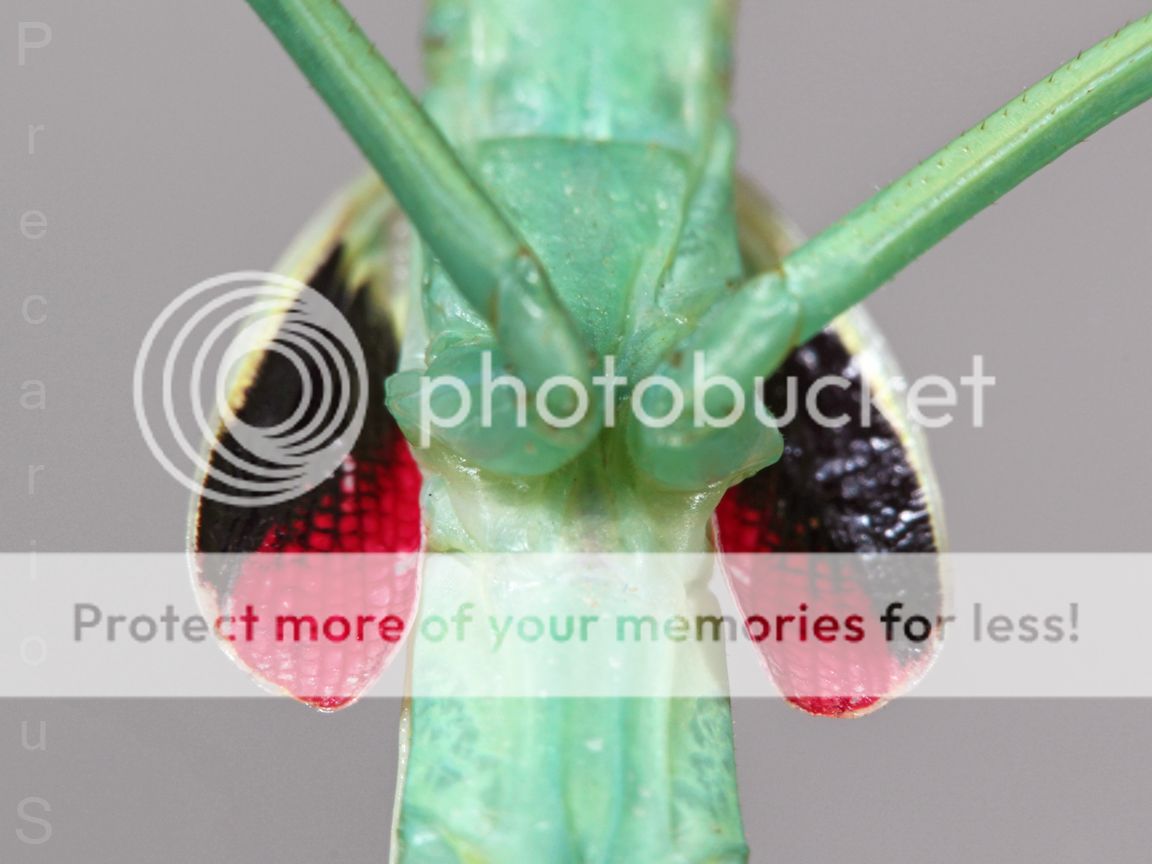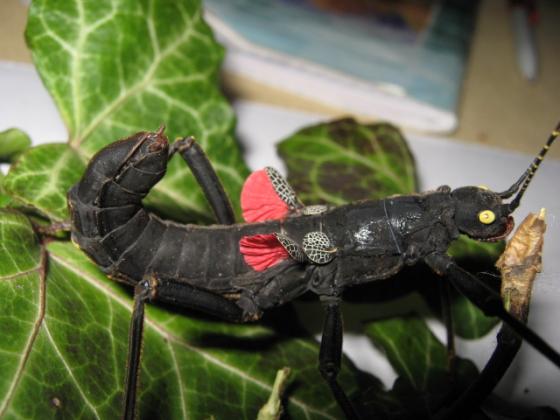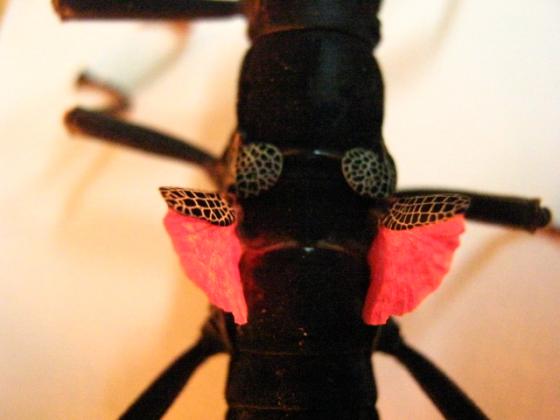Precarious
Well-known member
At first I didn't notice they sometimes raise their stubby little wings. Very similar to vestigial phasmid (stick insect) wings, which is interesting because they reproduce through parthenogenesis like many phasmids.
I have some ooths available here:
http://mantidforum.n...showtopic=23406
Cherub wings...


I have some ooths available here:
http://mantidforum.n...showtopic=23406
Cherub wings...
















































